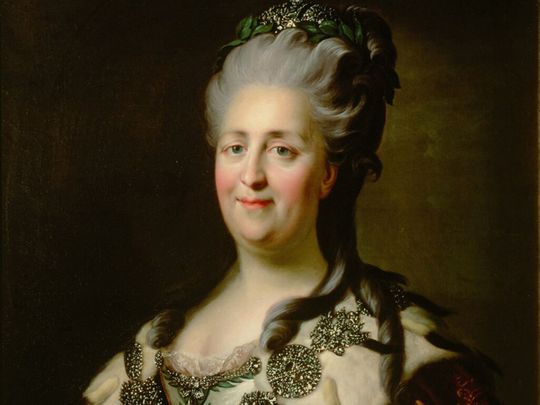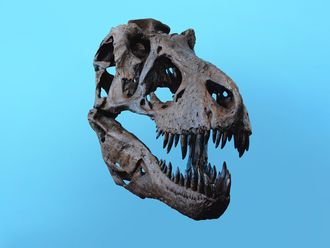
How did a penniless Prussian princess become the empress of Russia for three decades? It’s a story that gave a girl called Sophie the moniker of Catherine the Great.
Click start to play today’s Word Search, where you can spot ‘Catherine II’ in the word jumble.
Both in her time and in the modern age, she was considered to be a creature of contradictions. Born Princess Sophie of Anhalt-Zerbst, she hailed from a broke Prussian family, whose connections with nobility gave her the opportunity to marry the heir to the Russian throne. At age 16, she officially wed her betrothed and became the Grand Duchess Catherine Alekseyevna.
The couple, however, were notoriously unhappy, with no common ground, either in intellect or interests. Her husband had no inclination towards philosophy, art and literature, while Catherine loved European culture. While he tried – unsuccessfully – to become an effective military commander, and was unfaithful to his wife, Catherine spent the time educating herself, becoming fluent in Russian, and reading about the work of Enlightenment thinkers.
An idea began to form in her head. She could do much better than her husband, Peter. When he took the throne, he grew more and more hostile and isolated, alienating key members of the court. Catherine bided her time and watched. She knew the more capricious he became, the more he risked assassination, causing her position to be under threat. So, she acted.
Just six months after Peter took the throne, Catherine staged a coup. According to a report in the US-based Smithsonian Magazine, the shift in power was bloodless and so easily achieved, Frederick the Great of Prussia later observed: “[Peter] allowed himself to be dethroned like a child being sent to bed.”
And so began the reign of Catherine the Great. Several years in, she established the Nakaz or ‘Instruction’, an ambitious legal code that outlined her vision of a progressive Russian nation – it even instructed the abolishment of serfdom, which was prevalent at the time. She also focused on military campaigns, although they were not as successful as she would have liked.
Where she did succeed, however, was in her contributions to Russia’s cultural landscape. She collected art – so much of it that it became the foundation of one of the world’s greatest museums (the Hermitage Museum) – and became passionate about the opera, literature, paintings and sculptures. Catherine went on to establish Russia’s first state library, and commissioned new cultural projects around the country. She corresponded with philosophers like Voltaire and Dennis Diderot, and wrote children’s fairy tales.
When smallpox ravaged Europe, leading to the death of millions in Russia, the empress became anxious and solicited the services of British physicians. She even asked to be inoculated at a time when smallpox vaccinations were looked on with scepticism and disdain.
In terms of socioeconomic progress, Catherine made her mark as well. She founded the country’s first state-funded school for women, and promoted a national system of education. She was able to expand her empire’s borders and also spearheaded judicial and administrative reforms.
Catherine the Great wielded power for over 30 years – a fact made all the more incredible because she had no claim to the crown in any way. From an impoverished princess to a reigning monarch, driven by gumption and a will of steel, she remains one of the most powerful women in history.
What do you think of Catherine the Great? Play today’s Word Search and tell us at games@gulfnews.com.









